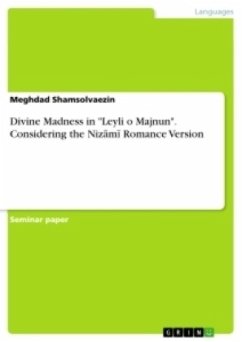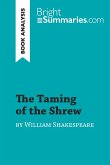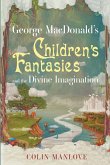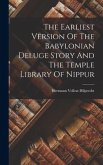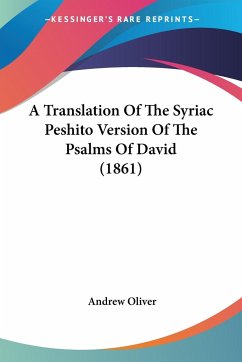Seminar paper from the year 2018 in the subject Orientalism / Sinology - Arabistic, , course: Persian Literature, language: English, abstract: The Leyli o Majnun tale is popular in the Arabic and Persian literature, as Romeo and Juliet is in the West, but this tale has been repeatedly rewritten by Arab and Persian authors, even until today. Majnun's story is well known for a variety of reasons. But perhaps the direct reference of this story to the word "madman" is a parallel reference to a mystical phase that frenzies madness. Understanding this madness and passing through it maybe is one of the toughest gates to cross. The madness in love in a well-known story which explores how a disciple fools out of madness and using that emotion and level in the right direction can be striking. How a disciple should face craziness, take advantage of it and cross it. Madness for the artist is natural, and sometimes the insanity in the artist's work can reveal a superficial world. Lover in theancient stories passes the stage of madness that teaches the basic foundations of mysticism in the language of the higher worlds.The tale of Leyli o Majnun provides the idea that Nizami had considered Ghazali's text which has inspired the creation of his tale. Ghazali's basic and sensual image of transcending passion is imitated in Nizami's work but in a further detailed and fictional practice. In Ghazali's work, to display exceeding love in a sensual language became a standard literary form for romance. In Nizami's work, the textual union of mystical and suggestive motifs is in the way of its development. Ghazali cites two tales linked to Majnun as the model of the lover, many connections may be formed between his concepts on the different platforms and methods of love's desire and Majnun's journey on the way of love in Nizami's version.
Hinweis: Dieser Artikel kann nur an eine deutsche Lieferadresse ausgeliefert werden.
Hinweis: Dieser Artikel kann nur an eine deutsche Lieferadresse ausgeliefert werden.

